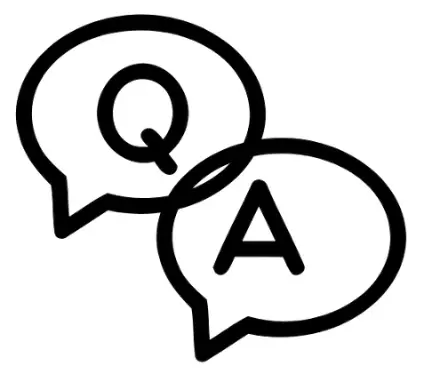get started with python coursera week 4 quiz answers
Test your knowledge: Lists and tuples
1. Lists and their contents are immutable, so their elements cannot be modified, added, or removed.
- True
- False
3. A data professional wants to instantiate a tuple. What Python elements can they use to do so? Select all that apply.
- The tuple() function
- Parentheses
- The insert() function
- Square brackets
4. What Python technique formulaically creates a new list based on the values in an existing list?
- List comprehension
- List conversion
- List sequencing
- List nesting
Test your knowledge: Dictionaries and sets
6. In Python, what does the items() method retrieve?
- Both a dictionary’s keys and values
- Only a dictionary’s keys
- A dictionary’s sets
- Only a dictionary’s values
7. A data professional is working with two Python sets. What function can they use to find all the elements from both sets?
- intersection()
- difference()
- symmetric_difference()
- union()
Test your knowledge: Arrays and vectors with NumPy
8. Python libraries and packages include which of the following features? Select all that apply.
- Documentation
- Reusable collections of code
- Cells
- Modules
Shuffle Q/A 1
10. A data professional wants to confirm the number of dimensions of an array. What NumPy attribute can they use to do so?
- shape
- ndim
- dimension
- dtype
